Introduction to Law & Public Safety
Introduction Courses in LPS Pathways
LAPSEN recommends pathways in law enforcement, fire, emergency medical, security, corrections, and similar have a common first year introduction course. It is recommended that the Legal Service Pathway have its own introduction course. The legal service pathway has very little in common with the other LPS pathways. Trying to incorporate it into a broader LPS introduction course is difficult.
Information on the Legal Services Pathway introduction course can be found on the Legal Services Pathway page – Click Here
The introduction course described below is for the general introduction course for LPS pathways.
Introduction to Law and Public Safety (ILPS)
Most students taking ILPS are younger. The course needs to have a more kinesthetic, hands-on curriculum. This course has a less strict academic focus and more of an objective of gaining a working knowledge of the content. This is a common design in most models found in many states.
The design also allows for broad exposure to law and public safety as a whole. Students will have the opportunity to acquire a number of certifications as well as an Industry Recognized Credential (IRC). The design transitions the student into the pathway with key skills and foundational knowledge.
Below is our new suggested course and support material.
To review the original 2020 version of ILPS including links to the standards and curricula – Click Here
Instructional Plans & Resources
LAPSEN Unit Plans
LAPSEN has a complete course (120-150 hours) of unit lesson plans available to members – Click Here to access (under development).
Other Lesson Plan Sources
California Educators Together– The great state of California has an insane amount of resources and lessons. Be sure to search with different key words. You do have to have an account – but they give them to all teachers: Click Here
Texas CTE Lesson Plans – Texas retired this resource in June 2025
Kansas Center for CTE – Intro year lessons are already online – the whole year! FREE registration for all teachers nationwide.
Industry Recognized Credentials (IRC) for this Course
These certifications satiate all Perkins legislative requirements for Industry Recognized Credentials. Order student certification tests – Click Here
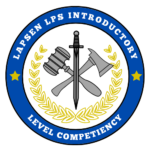 Law and Public Safety Introductory Level Competency
Law and Public Safety Introductory Level Competency
YouScience is excited to partner with LAPSEN in creating the first Law and Public Safety Introductory Level Competency Certification. We have been working together with Subject Matter Experts from around the country to create a certification that is relevant and valuable to your students and the industry. This foundation certification verifies students have mastered introductory knowledge on their path to industry.
This credential aligns with the LAPSEN Introduction course standards and supporting lesson plans, curricula and resources.
Learn more about this IRC – Click Here or email holly@lapsen.org
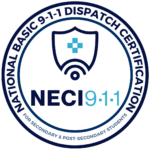 National Basic 9-1-1 Dispatch Certification
National Basic 9-1-1 Dispatch Certification
This 40-hour 9-1-1 Basic Communications course provides students with the basic knowledge, skills, and experience to understand the functional operation of an emergency communications system, and their role and responsibilities within the emergency communications system. The high school model can be implemented in 20-40 hours of class time. At courses end, students will be able to take the industry certification test.
To learn more about course materials, student testing, and classroom implementation: Click Here
Learn more about this IRC – Click Here or email holly@lapsen.org
MicroCredentials (MC) for this Course
All MicroCredentials are being developed and should be ready in 2024.
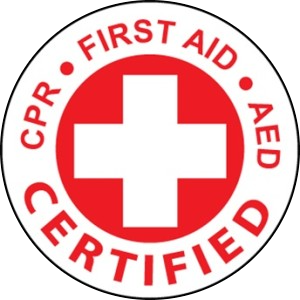

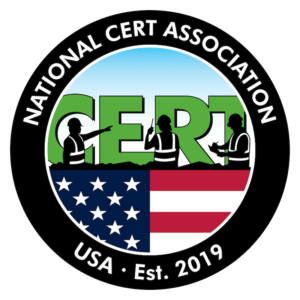
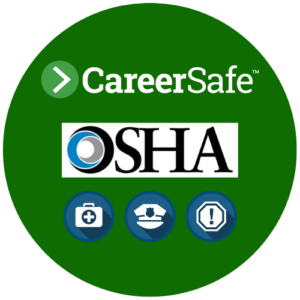
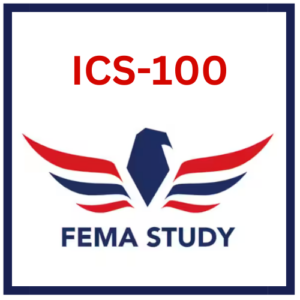
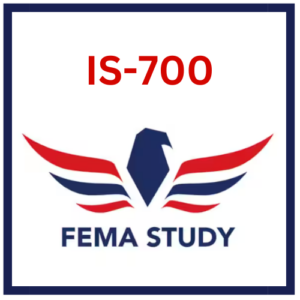
Introduction to Law and Public Safety (ILPS) Course Standards
Click Here to open the ILPS standards document.
Section 1: Career Unit
Standard 1: Student will explore career options and requirements and well as demonstrate how to get a job.
Standard 2: Develop professionalism by participating in a CTSO
Section 2: Cultural and Diverse Population Awareness
Standard 1: Student will be aware of the diversity of our nation and learn how to respectfully interact with a broad range of ethnicities, cultures and subgroups.
Section 3: Community Emergency Response Training (CERT)
Standard 1: Discuss disaster preparedness/emergency management agencies, including but not limited to: Department of Homeland Security, Federal Emergency Management Agency, Citizens Corps, and local state emergency management agencies.
Standard 2: Demonstrate the steps of Basic Life Support (BLS) and First Aid.
Standard 3: Identify the types of hazards likely to affect homes and communities and describe steps to prepare for emergencies.
Standard 4: Describe the various origins of fires, classes of fires, and the correct means to extinguish each type of fire.
Standard 5: Analyze the components of search and rescue operations
Standard 6: Evaluate techniques for managing intrapersonal reactions to crisis situations.
Standard 7: Examine common targets of terroristic attacks and the appropriate action following an attack.
Section 4: Communication for Law and Public Safety
Standard 1: Use appropriate techniques to resolve conflict and de-escalate situations
Standard 2: Demonstrate ability to communicate professionally and document information using commonly used law and public safety reports
Standard 3: Define the role and responsibilities of the 9‐1‐1 Officer as it relates to other members of public safety.
Standard 4. Provide an overview of law enforcement to the 9‐1‐1 Officer
Standard 5: Provide an overview of the fire services function to the 9‐1‐1 Officer.
Standard 6: Provide the 9‐1‐1 Officer with a conceptual understanding of the emergency medical services function.
Standard 7: Ensure the 9‐1‐1 Officer candidate understands interpersonal communications as it relates to the 9‐1‐1.
Standard 8: Ensure the 9‐1‐1 Officer candidate understands existing technology within the public safety communications center.
Standard 9: Ensure the 9-1-1 Officer is aware of the federal, state, and local requirements to ensure the privacy and confidentiality of the caller, victim, and information contained in databases which the 9-1-1 Officer can access.
Standard 10: Ensure the 9‐1‐1 Officer candidate can categorize, prioritize, as well as determine the appropriate response levels for all types of law enforcement, fire, and emergency medical calls.
Standard 11: Ensure the 9‐1‐1 Officer candidate understand how to construct and articulate radio messages properly. In addition, to ensure the 9‐1‐1 Officer candidate understands the agency Incident Command/ Integrated Command Systems and Tactical Dispatch Teams as authorized by the agency.
Standard 12: Inform the 9-1-1 Officer of the “special situations” which they might encounter and their responsibilities within each category.
Standard 13: Ensure the 9‐1‐1 Officer candidate understands the Americans with Disability Act and how it relates to public safety communications. Additionally, the 9‐1‐1 Officer candidate will receive training on TDD‐specific call‐handling techniques.
Section 5: Ethics
Standard 1: Apply ethical standards to Law and Public Safety scenarios
Section 6: Civics
Standard 1: Evaluate historical events that led to the United States Constitution.
Standard 2: Explain the rights given to citizens in the United States
Section 7: Health, Fitness and Safety
Standard 1: Explain how Law and Public Safety professionals maintain safe work environments.
Standards 2: Demonstrate fitness and healthy practices
Section 8: Overview of the Public Safety System
Standard 1: Outline the public safety system
Standard 2: Describe the management of law and public safety agencies and organizations
Pathway Options – states may choose to add these depending on state designs. If at all possible, allow for local choice to match pathway design at the school where the program is being implemented. Each of these have standards and threads – Click Here – and look at the end of the Sections.
- The Court System
- The Criminal Justice System
- The Juvenile System
- Law Enforcement
- Corrections
- Law and Legal Services
- Fire Science
- Emergency Medical Response
- Security
- Forensics
- Dispatch
- Homeland Security